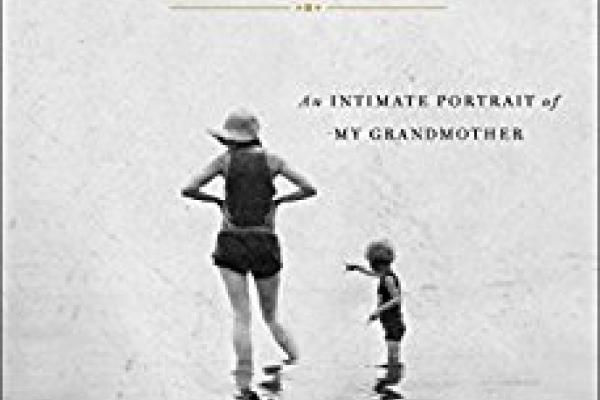IN DOROTHY DAY: The World Will Be Saved by Beauty, author Kate Hennessy, Dorothy Day’s youngest granddaughter, gives a deeply intimate and highly credible account of her grandmother, a writer, social activist, and co-founder of the Catholic Worker movement with Peter Maurin in the 1930s. Hennessy explores themes of integrity, vocation, and community, portraying Dorothy Day honestly in her gifts and faults. But the most powerful thread is raw beauty that links together the author to her grandmother, strangers to one another, and people to God.
Day’s life was often complicated and marked by loss. Nonetheless her worldview was postured toward the words of poet Max Bodenheim: “I know not ugliness. It is a mood which has forsaken me.” Queen Anne’s Lace growing in the city, spinning wool with her grandchildren, her love for the father of her only child, standing in a breadline with seamen, or walking along the shore are all examples of the beauty that both guided and followed Dorothy Day.
Day, who was born in 1897, wasn’t yet a Catholic when she moved to New York City from Illinois in 1916 in pursuit of a writing career. She mingled with writers, artists, and radicals and was active in the social movements of the time. Hennessy notes that Day “was not always the clear-eyed visionary that we now see her as.” Day considered her life “disorderly” and moved from job to job, from one lover to another; she tried to commit suicide on two different occasions.
But even before Day knew God, she knew that God was leading her. She said, “I cannot help my religious sense, which tortures me unless I do as I believe right.”
Read the Full Article

